
views
Blending In With Other People
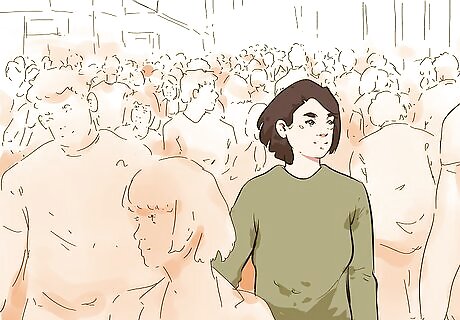
Stick to a crowd when possible. If you’re at school or a social event, try to stand near other people. If everyone else is in a group and you’re standing alone, you risk sticking out. To be invisible, hang out at the edge of a group of people. For example, when you’re walking to class try walking a few steps between a few other people. They probably won’t even notice you, but you’ll blend into the group.

Avoid making eye contact. Eye contact might cause someone to start a conversation with you. If you’re looking to avoid interaction, try not to catch anyone’s eye. You can still look around, but try to train your gaze just above or just below most people’s eye level. You can also glance down at your phone to appear busy. Try not to just stare at the ground or a wall. That might draw unwanted attention.

Wear a classic outfit in neutral colors. When you’re trying to blend in, don’t wear flashy or trendy clothes. Instead, choose an outfit in muted tones, like black, grey, navy, or tan. A pair of jeans with a white shirt is also usually a safe bet. While you might want to hide behind a big hat or sunglasses, wearing either of those indoors might actually cause people to notice you.

Stay quiet in class to go unnoticed at school. Raising your hand all the time is a sure way to get noticed. To remain in the background, avoid jumping to answer questions frequently. On the other hand, make sure to speak occasionally. Being too quiet is another way to get noticed! Of course, you should always answer if the teacher calls on you directly.

Spend time with close friends. It’s okay if you’re shy or deal with social anxiety. A lot of people deal with that and you’re not alone. However, that doesn’t mean that you should completely isolate yourself. That can lead to feelings of loneliness. Plus, being labeled a “loner” can make you stand out even more. Look for friends that share common interests and spend time with them. For example, maybe you hear some classmates talking about playing video games after school. If that’s what you’re into, ask if you can join them sometime! Make a point to connect with people on a regular basis, even if you prefer to spend most of your time alone. It’s okay to not go to every party or event. But make it a point to try to do something social each week, even if it’s just eating lunch with some other people.
Staying Hidden on Social Media
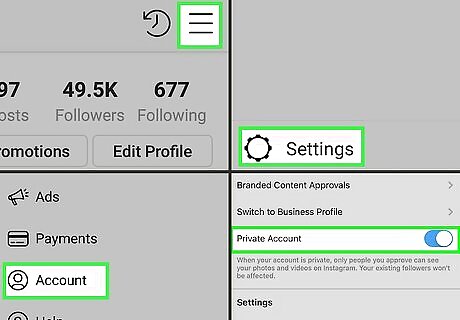
Make your posts private on Instagram. In the app, click on the 3 vertical dots in the corner. Once you’re in Settings, use the circle icon to toggle your account to “Private Account.” That way, only people you know will be able to see your posts. Unlike other sites, Instagram only requires your name to set up an account. Use an anonymous name and don’t provide any other information, such as your email address or phone number.

Edit your Twitter settings to stay hidden. Twitter automatically collects and shares your data. If you still want to use the site, change your settings to be more private. Once you are in your account, click on Privacy and Safety. From there, go to Personalization and Data. Click Disable All to keep your information from being tracked and shared. Don’t forget to click Save Changes! You can also try using a screen name other than your real name. For example, @cat-lover1 can help you remain private.
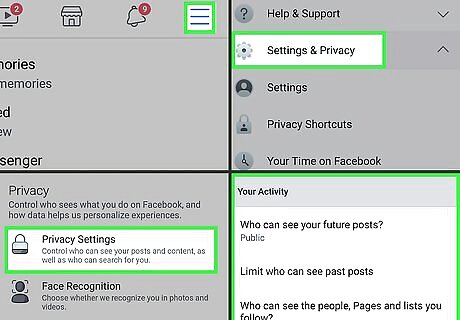
Reduce the amount of data you share on Facebook. When you set up a Facebook profile, you are asked to input personal information like your full name, email address, and phone number. In your account, click on “privacy settings”. There will be an option where you can select who can see your information. Make sure to select “friends”, as it will otherwise default to “everyone.” When you post something, make sure those settings are also set to “friends.” Otherwise, anyone on the site will be able to view your data. If you really want to be more private, avoid posting or commenting on other people’s posts.
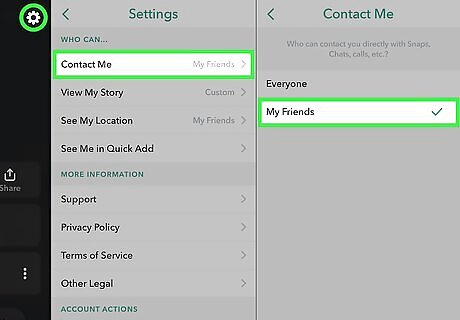
Adjust your settings on Snapchat to have more privacy. Some people like Snapchat because it allows anyone to contact you. But you have options if you’re trying to stay more discreet. Click the gear icon to go to your profile. Under Who Can Contact Me select My Friends. Under Who Can you can also choose to only let friends view your stories.
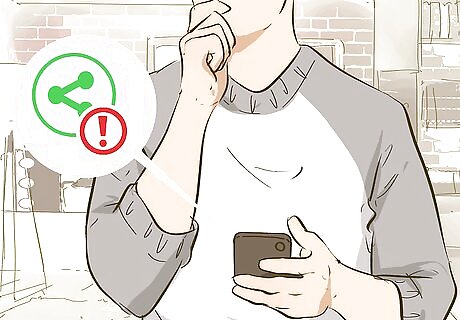
Be selective about what you share. Whatever site you’re on, be cautious about sharing too much. Turn your location settings off so that people don’t know your physical location. You should also avoid posting photographs that reveal things like your home address. Making it hard for people to find you is a key part of staying invisible, so always use these precautions.
Protecting Your Privacy Online

Set up a virtual private network (VPN) for increased privacy. Many businesses rely on a VPN to keep their data secure. You can do the same at home. Start by searching online to find a variety of apps and software that you can download. You’ll likely have to pay for a subscription, but the increased privacy is worth it. A VPN helps prevent people from being able to see your emails, chats, and photos. A VPN works by masking your IP address from the world, so no one knows where you're browsing the internet from.
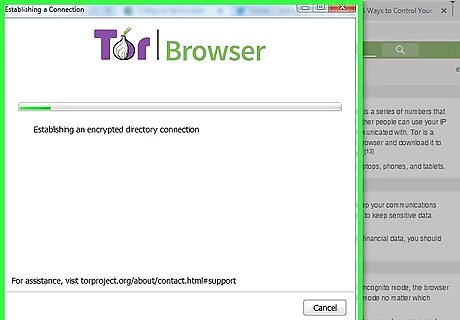
Download Tor to hide your IP address. Your IP address is a series of numbers that is assigned to any device that connects to the internet. Other people can use your IP address to see which sites you’ve visited and who you’ve communicated with. Tor is a system that helps to hide that information. Search for the Tor browser and download it to your device. Follow the instructions to install it as your browser. Make sure to do this on all of your devices, including laptops, phones, and tablets.

Encrypt sensitive emails. Encryption is a way to help keep your communications private. Download free services like Lockbin or GPG Mail to keep sensitive data secure. For example, if you are sending an email that contains financial data, you should definitely encrypt it.
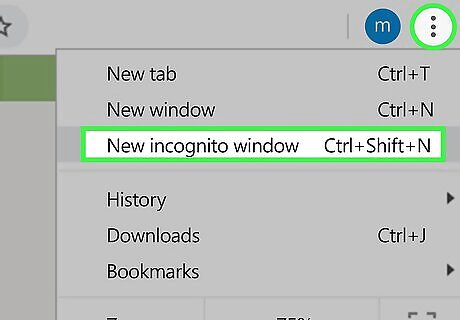
Use incognito mode on your browser. When you are in incognito mode, the browser can’t collect your browsing information. You can use this mode no matter which browser you typically use. In Chrome, click the 3 vertical dots in the top right-hand corner of your screen. In the drop-down menu, select New incognito window. If you use Firefox, click the Menu button and select New Private Window. In Internet Explorer, click the gear icon. Hover your cursor over the Safety option that pops up, then select InPrivate Browsing.




















Comments
0 comment